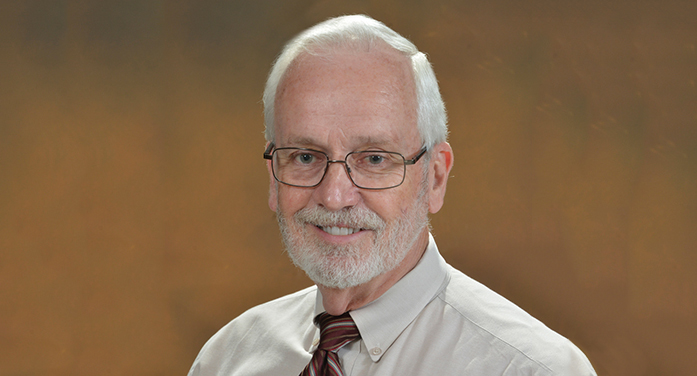By: Robert Scott
All writers in Op Ed are here to inform and acknowledge issues of importance to our communities, however these writings represent the views and opinions of the authors and not necessarily of TheAdvertiser.
Not many people know that Furman University had its birth here in Edgefield in 1825, relocating two times in its first quarter-century before finally settling in Greenville. With the motto Christo et Doctrinae, For Christ and Learning, Furman has struggled during the past 50 years with the healthy tension between Doctrine –Webster’s first definition is “a principle or position or the body of principles in a branch of knowledge or a system of belief,” a synonym of dogma – and Doctrinaeas Learning, with the necessity of growth and change as humanity’s knowledge of art, history, and science increases.
Furman University is one of those salutary institutions of higher education who have examined their past in a successful effort to better their future. Three years ago, the university newspaper ran an article, “Slavery, Memory and Reconciliation: What is the Furman Legacy?” It pointed out that Furman, like so many institutions in South Carolina, was founded by slave owners and to a large extent built by people who were forbidden even to learn to read and write, much less to benefit from the work that they had performed. Last year, Furman’s Provost completed a two-year project with a report that responded to that newspaper article, a report entitled Seeking Abraham. In this case Abraham does not refer to the Patriarch of the three Abrahamic religions, but instead to Abraham Sims, one of those enslaved by the first President of the University, James Furman.
Seeking Abrahammade 19 recommendations, which this month were unanimously accepted by Furman’s Board of Trustees. Their unifying theme was “to acknowledge the role slavery and racism had in the school’s history” and, by recognizing that role, to create a pathway to a future of recognition and reconciliation. Here are some examples: Erecting a statue to honor Joseph Vaughn, the university’s first black student. Renaming a housing area for Clark Murphy, an African-American who worked for decades as a groundskeeper during an era when he and his family were prohibited from attending whites-only schools. Naming a walkway near the center of campus the Abraham Sims Plaza. Honoring Lilian Brock-Flemming and Sarah Reese, the first two female black students at Furman, in a way that is still being worked out (don’t forget this approval was less than a month ago!). And, as stated in the Furman news release on the subject, “In concert with the board, president, faculty, staff and students, reviewing the university’s mission, vision, values and motto, and recommending any possible changes to the board for approval.”
Regardless of how deeply any university is steeped in “Doctrine,” involving faculty and students directly and responding constructively to their legitimate concerns is required for the institution to progress and to survive as anything but a relic of the past. Many institutions, particularly those based on a strict concept of “Doctrine,” have not learned to do so, and they are plagued with student and faculty protests come graduation time. Congratulations to South Carolina’s – and Edgefield’s – Furman University, for having learned this lesson so well!


One Response to "Seeking Abraham"